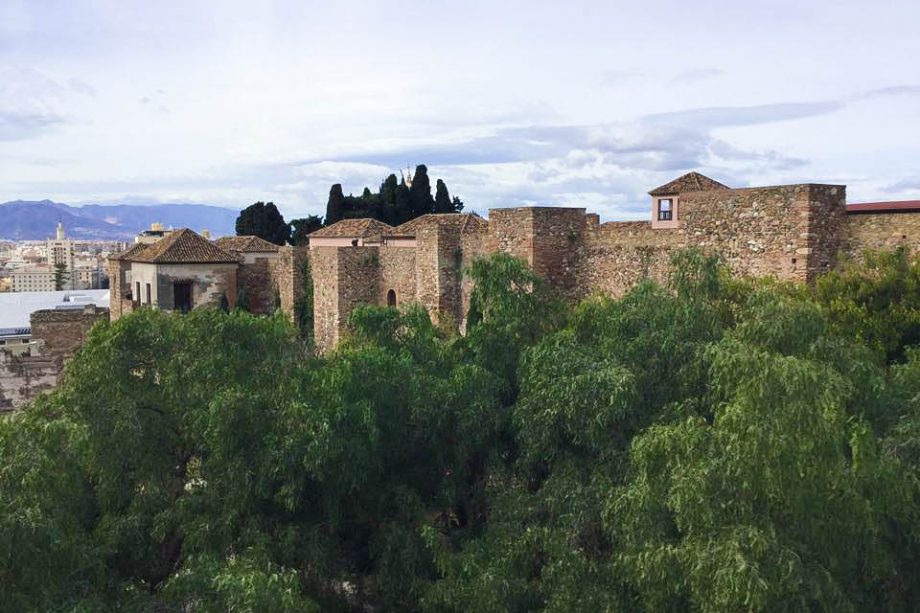In the year 711AD the great Moorish general, Tariq ibn Ziyad, accompanied by an army of 7,000 soldiers, crossed the stretch between the north of Africa and Spain. During this time the Spanish government, directed by King Rodrigo was in a weak state. Africa had found out that at that moment in time the Spanish people were in protest against the incompetence of their current leadership and because of this, saw it as the perfect moment to invade the peninsula. When the army arrived in Spain, they set fire to their own ships symbolizing their intent to stay in the country and extend the Moorish empire. Still today, the area that separates the two continents is still named after general Tariq ibn Ziyad: Jabal-at-Tariq or Gibraltar, meaning “Tariq’s mountain.”
After defeating the Spanish army, the Moorish continued their conquest until reaching Toledo and established a treaty with the Spanish. The land conquered was named Al-Andalus, what we now know as Andalucía.
Although the Fenicians, also of Arabic origin, had already influenced Spain in around 1000BC, the influence of it’s new inhabitants had a much larger impact. During the presence of the Moors in Spain, a period of enrichment took place in the fields of commerce, architecture, art, literature and mathematics. During this time, Cordoba was one of the most well known places in Europe. It was one of the most populated cities in the continent and the center of scientific discovery.
Spanish language evolved drastically, from the 13th to the 15th century, Arabic was the official language throughout the majority of Spain and being bilingual in Spanish and Arabic was totally normal. Arabic was looked upon as a language of certain prestige. Nowadays, there are over 6,000 Spanish words that come from Arabic origin. The expression “¡Ole!” for example, comes from the Arabic word “wallah” meaning “for God.”
Perhaps the most impressive mark the Moors left of Spain was their architecture. Structures like the Alhambra Palace in Granada, the Mosque in Córdoba and the Alcazaba in Sevilla and Málaga are some of the most recognizable in the area. Perhaps one of the most notable features of these structures are the gardens, always green and full of free flowing water accentuating the importance of water and purity within the Islamic religion.
The Spanish cuisine was also changed after the Moorish invasion. In fact, all desserts we consider to be Spanish (turrón, polvorones etc.) is all thanks to the Moorish who introduced cane sugar to the Spanish population. The Moors also introduced the people to foods such as, olive oil, saffron, sesame seeds, rice, lemons, oranges, figs, peaches, bananas, spinach and many others. The arrival of these new products meant great opportunities for commerce throughout the peninsula.
These are just a few of the ways the Moors have helped to enrich the Andalusian culture, providing a beautiful collision of Mediterranean and North African heritages that make this part of the world totally unique.
Laura Wood
www.grapevine-properties.com


1 thought on “The Moroccan Influence in Andalucia”